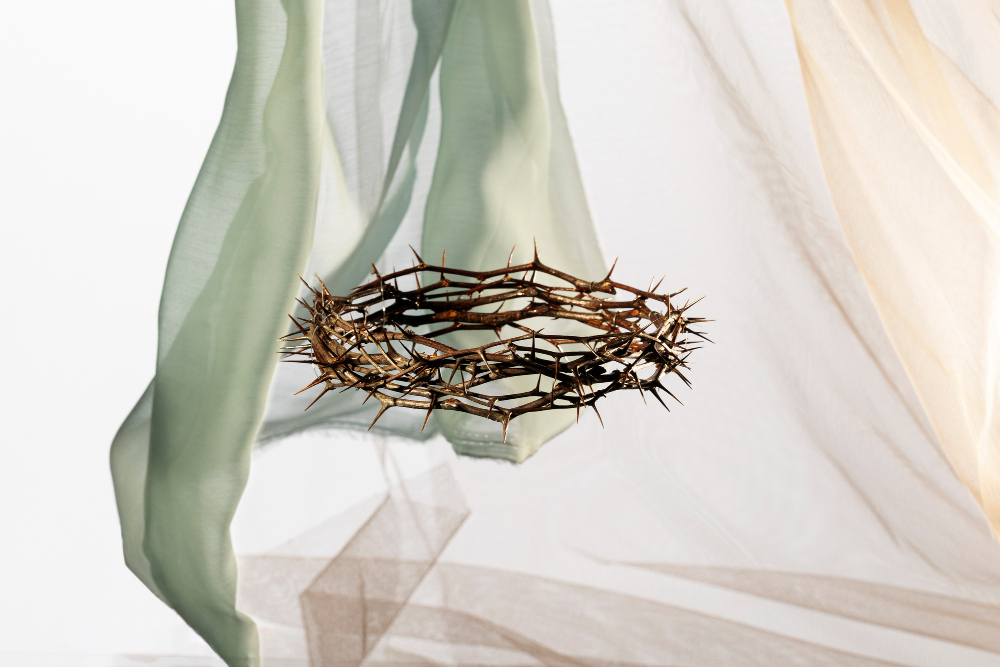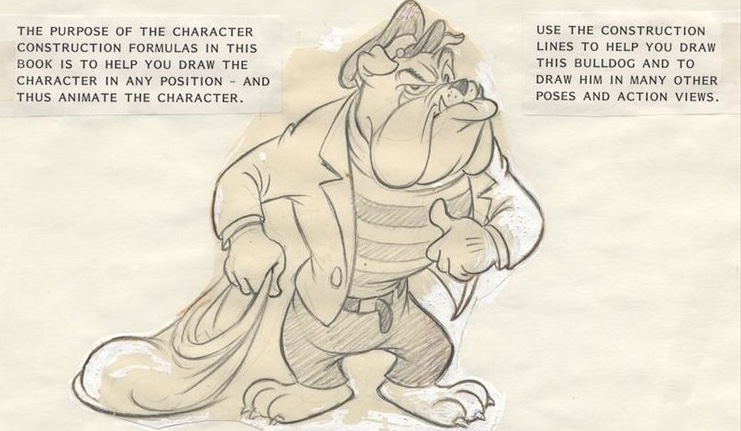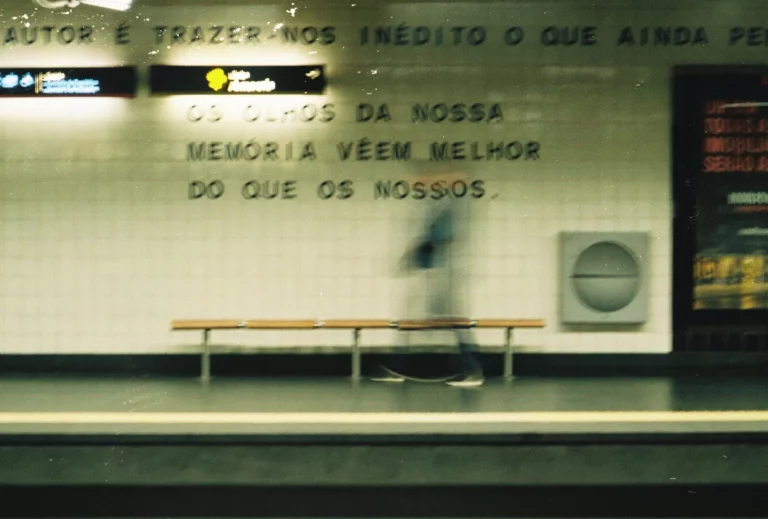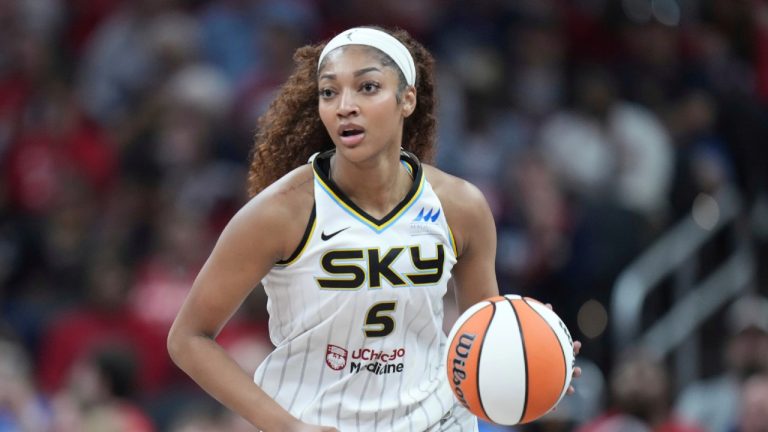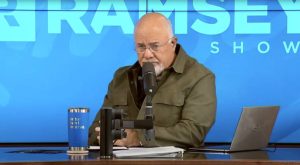Christian artists work with both tradition and innovation at their fingertips. They pull from scripture, history, and faith while speaking to audiences raised on memes, short videos, and shifting cultural values.
This creative tension sparks bold work across various disciplines, including painting, music, design, and digital platforms. Some artists build bridges with secular audiences; others double down on spiritual depth through fresh mediums.
Faith-inspired art keeps evolving without losing its foundation. This article explores how Christian creatives engage the modern world in real-time ways that matter.
Public Installations in Urban Spaces
Murals, sculpture, and mixed media works have become tools for Christian artists to speak directly into public life. Churches once held most of this work, but city walls and plazas now carry scripture-infused visuals that catch attention on a morning commute.
Faith shows up not through overt evangelism but through subtle symbolism and messages of restoration. For instance, artists like Makoto Fujimura imbue spiritual significance into urban routines without disrupting them.
Installations placed in secular settings open unexpected conversations. They meet people where they live, both physically and emotionally, and bring ancient truths to modern tensions.
Faith-Based Storytelling in Film and Animation
Short films, full-length features, and animated works now explore faith with nuance. Christian storytellers move beyond didactic plots and use character-driven narratives to show struggle, grace, doubt, and redemption in realistic ways.
Streaming platforms have opened new ground for reaching global audiences. The demand for honest spiritual stories continues to grow among viewers tired of formulaic scripts or shallow representation.
Aspiring creators often look for guidance that aligns with both artistic growth and spiritual depth. Fortunately, they can find it in institutions like Spring Arbor University, which has a School of Communication, Media & Fine Arts that blends creative disciplines with a strong theological foundation.
Collaborations with Secular Artists
Some of the most interesting Christian art emerges through partnerships outside church walls. Creative exchanges between faith-based and secular artists challenge assumptions on both sides without requiring anyone to compromise their core values.
Dialogue happens across media, including spoken word, music, film, and visual art, and generates work that reflects shared human experience. Faith enters those spaces not as a debate but as an added dimension.
Artists grounded in Christianity bring texture shaped by grace, suffering, and redemption. When paired with different worldviews, that depth opens up new territory where belief and creativity evolve together, rather than staying siloed in separate communities.
Thematic Exhibits Addressing Current Social Issues
Galleries and museums now host exhibits that bring Christian faith into conversations around justice, race, displacement, and mental health. Artists rooted in a biblical worldview frame these topics through a lens of compassion rather than outrage.
Artworks draw from scripture while remaining fully aware of today’s complexities. Some artists work directly with affected communities to shape the content of their shows. Others allow spiritual metaphors to emerge more subtly across their pieces.
Faith becomes a bridge instead of a boundary in this setting. You see truth applied, not preached, through carefully curated themes that challenge without alienating and restore without oversimplifying.
Digital Art Shared on Social Platforms
Instagram, TikTok, and digital galleries have turned phones into miniature chapels. Artists use short-form content and visual storytelling to bring scripture, worship themes, and liturgical symbols into daily scrolls.
Content often blends typography with original illustration or animation. You’ll see modern design styles fused with ancient motifs, such as icons beside memes or stained glass aesthetics next to glitch art. Faith moves across timelines as naturally as trends do.
Audiences engage without needing a gallery pass or church invitation. Spiritual curiosity meets accessibility when Christian creators take their message directly to where attention lives.
Merchandise and Apparel with Symbolic Design
Streetwear brands and independent artists have transformed hoodies, patches, and posters into tools for theological expression. Faith appears in logos, abstract visuals, or reinterpreted symbols that spark interest without being overly direct.
Designers pull from liturgy, scripture references, or church history to create work that resonates with both believers and the spiritually curious. Minimalist layouts often carry weightier meaning than first glance suggests.
Wearing art turns belief into quiet conversation. You move through daily life carrying messages of grace or resurrection woven directly into fabric, without ever needing a pulpit or gallery wall to make an impression.
Wrapping Up
Christian artists carry sacred ideas into loud, fast-moving spaces without losing clarity or depth. They shape culture while staying anchored in faith, using craft to spark thought and stir emotion.
Work like this doesn’t retreat from modern life but speaks into it. That kind of creative presence builds something lasting where truth meets beauty on purpose.
